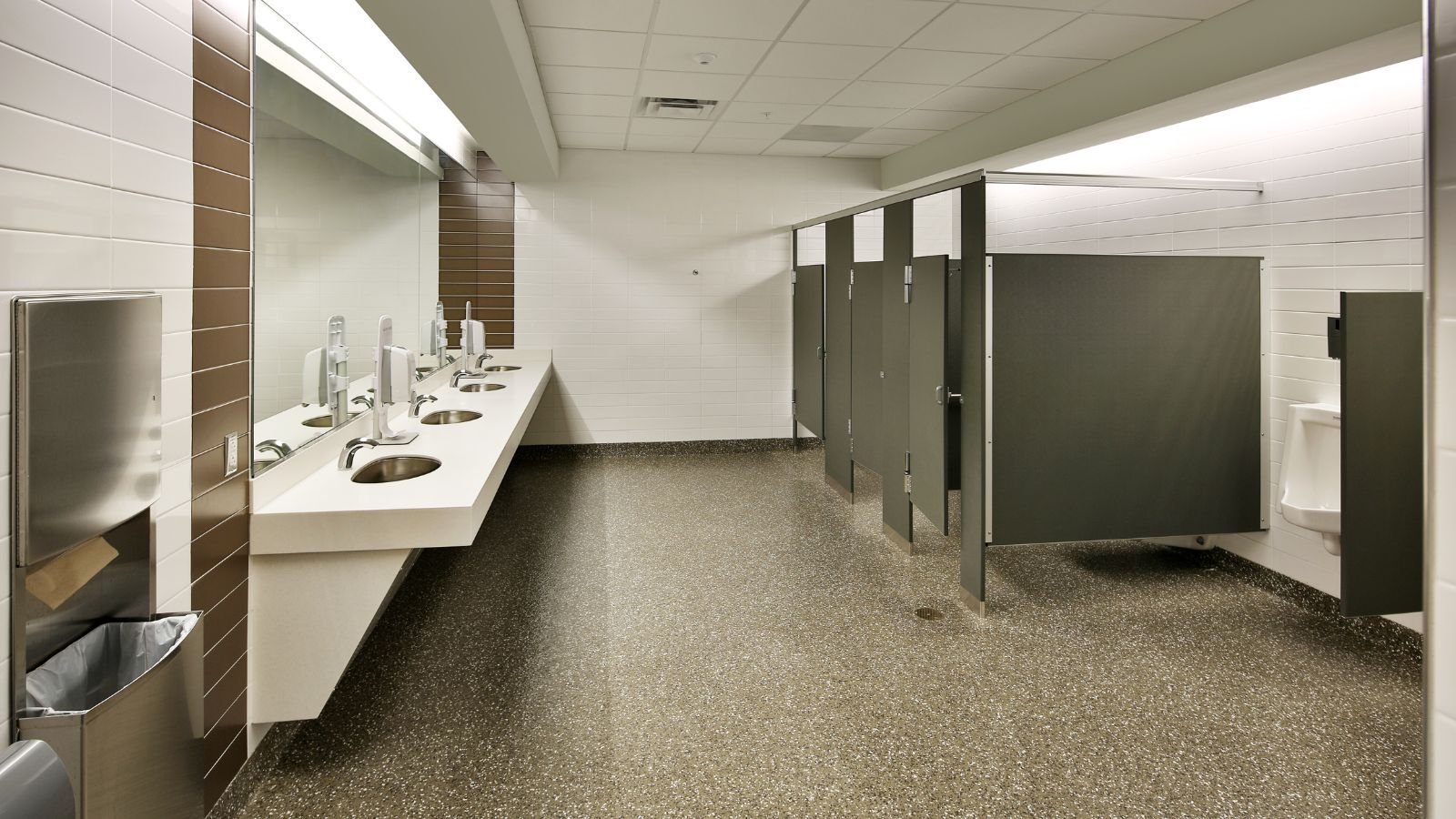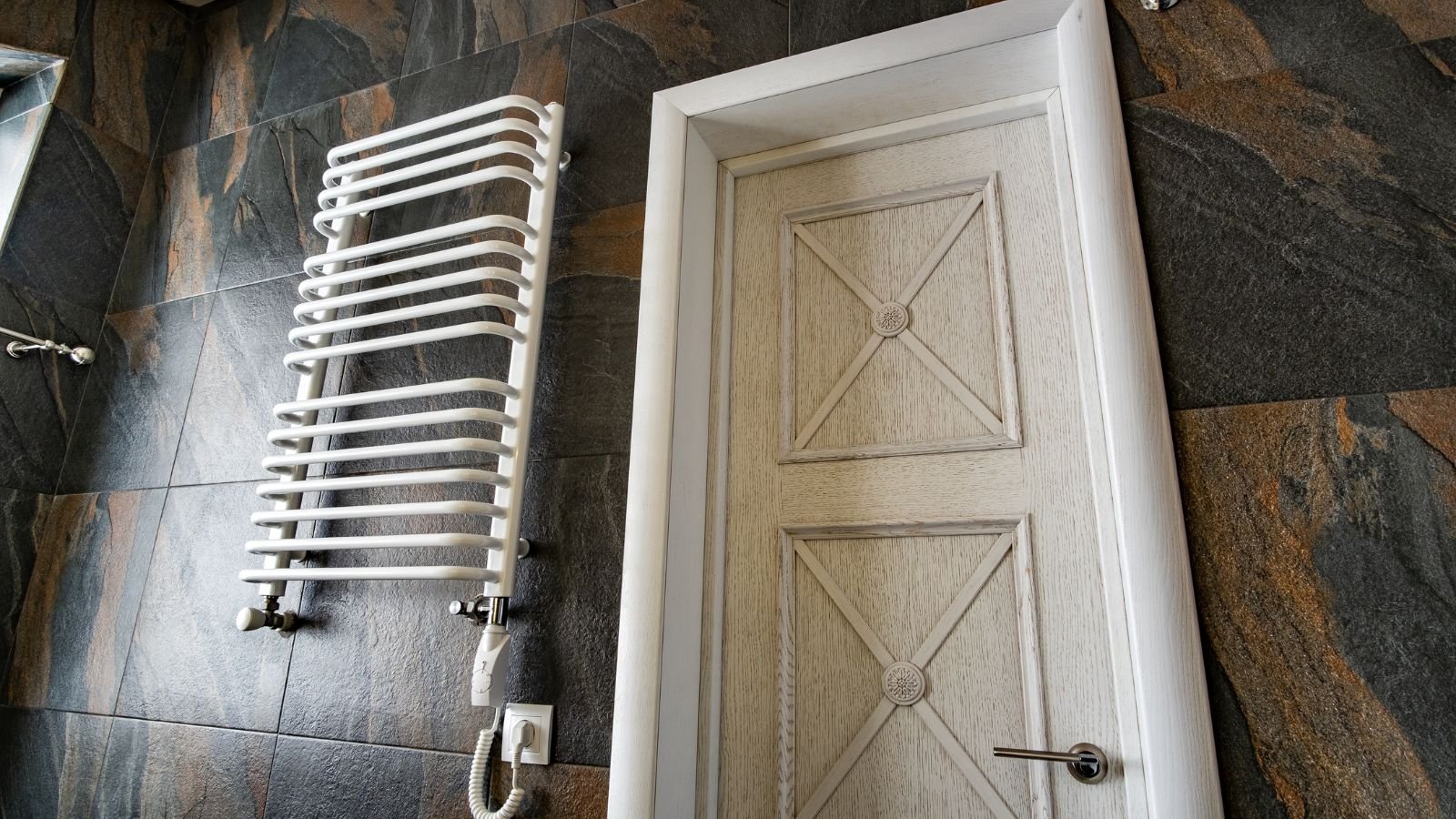Americans might be surprised to learn that a variety of everyday items that are considered luxury in the country are easily accessible in other countries like Europe. From healthcare to public transportation, there are many things that can be expensive or difficult to obtain in the USA.
Vacation Days

In the US, 28 million workers lack paid vacation. Americans usually get 5 days of leave in their first working year which extends to 10-14 days in the second year and so onwards. It is a stark contrast to Europe where at least 4 weeks of paid leave is guaranteed. Over half the US employees work during their PTO and millions of vacation days go unused annually due to work pressure.
Decent Quality Chocolates

Finding decent-quality chocolates can be challenging in the US. Many products contain excessive sugar and less cocoa compared to European countries. Allegations suggest some American producers use processes like controlled lipolysis. It results in an unpleasant taste reminiscent of vomit.
Quality of Work Life

Europeans typically enjoy better work benefits from the start, contrasting with the US where such perks often require years of tenure. This leads to the lack of a proper work-life balance in the country. For instance, the weekly working hours in France is 35 hours. It provides ample time for personal pursuits compared to the average American work week of 40 hours or more.
Comprehensive Healthcare Coverage

With US healthcare spending reaching $4.5 trillion in 2022, averaging $13,493 per person, comprehensive coverage remains in luxury. In comparison, other wealthy countries spend less than half on healthcare per person. This difference underscores the challenges Americans face in accessing affordable healthcare as compared to their European counterparts.
Gaps in Bathroom Stalls

Unlike in Europe, where bathroom stall doors offer more privacy, US stalls often feature noticeable gaps between the door and the frame. This design flaw reflects differences in construction practices and regulations. American builders prioritize cost savings over user comfort and privacy.
Towel-warmer Racks and Heated Floors

Towel-warmer racks and heated floors, commonly found in Europe are a rarity in the US. This is because of the design preferences and cultural norms. American bathroom designs typically prioritize cost-efficient over luxury amenities. Consequently, many American households miss out on the comfort and luxury of stepping onto warm floors or using heated towels after bathing.
Bidets

Bidets are rare in the US due to plumbing differences and cultural habits favoring toilet papers. In contrast, Europe offers more hygienic and environmentally friendly options. The disparity showcases how even basic bathroom amenities vary, making bidets a luxury in America.
Real Farmers Markets

Farmers’ markets were initially a cost-effective option for fresh produce in the US. However, they now offer goods priced similarly to supermarkets. This has resulted in a steady decline of these markets.
Moreover, this shift is influenced by factors such as increased labor cost, organic farming practices, and consumer demand for locally sourced products.
Ticket Prices for Movies

The average movie ticket prices in the US have risen steadily over the years. It is included by factors like inflation, production costs, and industry consolidations. In the 1980s, the average movie-ticket price was $2.69, while today it stands at $10.53. The surge in ticket prices makes movie outings significantly more expensive and a less leisure activity for many Americans.
Affordable Higher Education Opportunities

College tuition rose up to 4% rise in 2023 and continues to rise in the US. Private college costs averaging $42,162 per year, public out-state colleges costing $23,630 and public in-state colleges costing $10,662,.
Conversely, gaining a degree in Europe is cheaper than a year’s tuition fees at a US college.
Time

Time for leisure activities like dining-out or spending time with family can feel like a luxury in the US. Americans often find themselves squeezed for time due to demanding work schedules and fewer vacation days.
Good Public Transportation

Compared to Europe, the US generally lacks an efficient and widespread public transportation system. This forces many Americans to rely on personal vehicles for daily community. This reliance on cars contributes to traffic congestion and environmental pollution. In the US, only about 2% of workers commute by public transport. Whereas in European countries like Switzerland and Germany, the figure is around 10-20%.
Accessible and Affordable Childcare Services

In the US, child care costs can rival those of college tuition. Families in the country spend nearly $16,000 per year on average for infant care alone. This financial burden makes accessible and affordable childcare a luxury for many American families. On the contrary, in countries like Denmark and Sweden, childcare is heavily subsidized where parents typically spend less than 10% of their income on childcare.
Workers Rights

Workers’ rights are less protected in the US compared to Europe, with fewer regulations ensuring fair treatment and job security for employees. The Federal minimum wage in the US has remained at $7.25 per hour since 2009, whereas in countries like France and Germany, it is significantly higher, at around $12-$13 per hour.
Food without Excessive Artificial Additives

European food tends to have fewer artificial additives with non-food ingredients compared to American counterparts. The European Union has stricter regulations on additives like artificial colors and preservatives. This leads to a cleaner ingredient list and safer food products for consumers as compared to in America.
Affordable High-Speed Internet

Millions of Americans lack access to affordable broadband internet, with the average costs around $61 per month. In contrast, many European countries offer high-speed internet for under 20 Euros monthly, including cable channels. Plus, in countries like South Korea and Japan, high-speed internet is widely available and affordable, internet penetration rates exceed 90%.
Ample Paid Maternity and Parental Leave

The US lacks federal paid maternity leave, contrasting with 178 countries globally that offer this benefit. Only a few states, like California, Rhode Island, and New Jersey provide some form of paid leave. 25% of American women return to work within two weeks of giving birth due to the absence of paid leave policies.
Generous Retirement Benefits

While pension plans were once common in the US workforce, they have been largely replaced by options like 401(k) plans. Unionized sectors still offer retirement benefits, but for many Americans, secure retirements have become a luxury.
